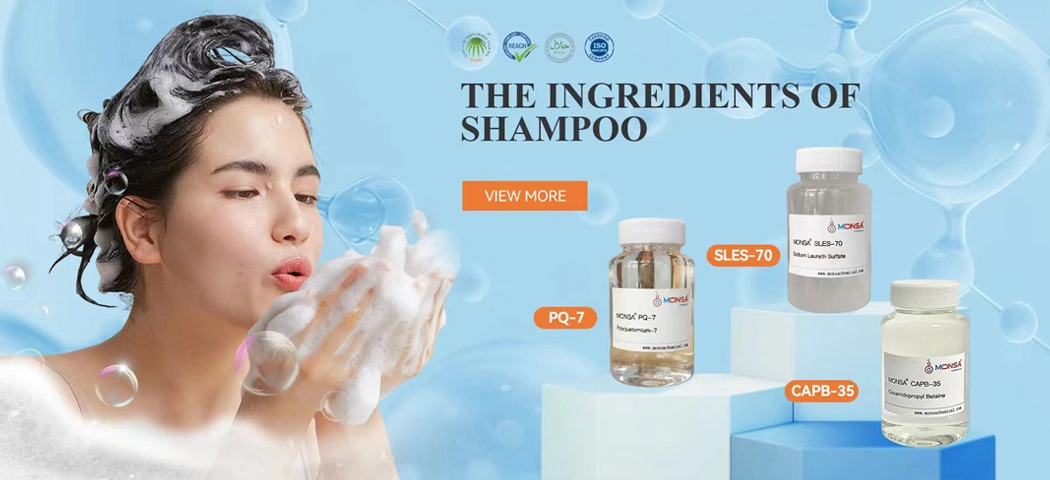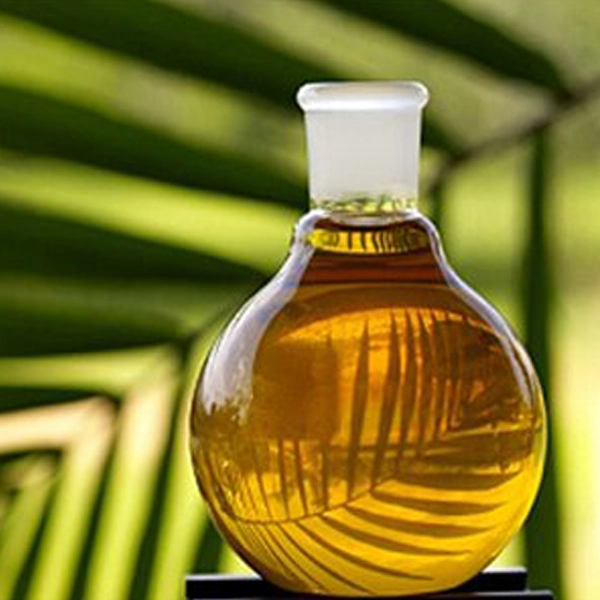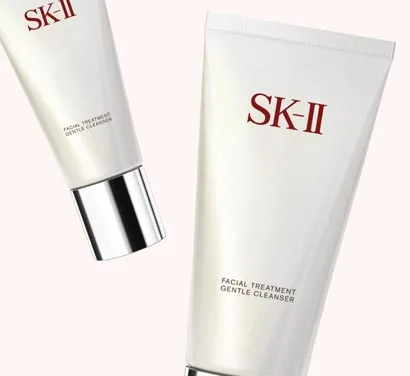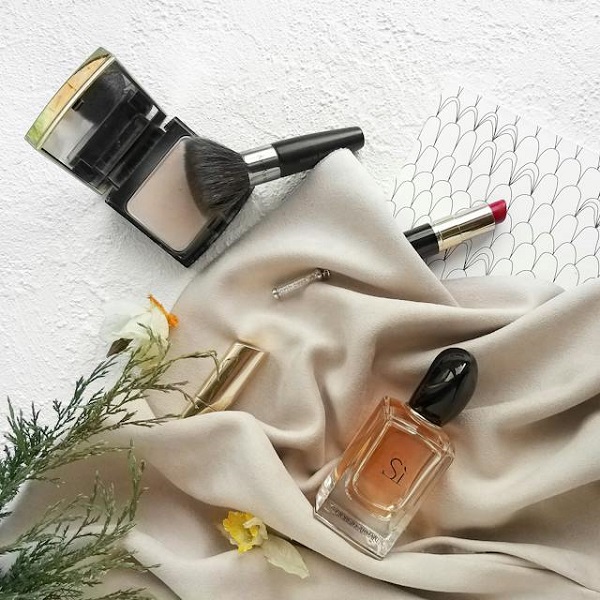A pearlizer is an ingredient added to shampoos and other personal care products to give them a shimmering, pearlescent appearance. This visual appeal is not just for show; it often signifies a product that is rich and luxurious. Pearlizers are typically made from a combination of fatty acids, fatty alcohols, and other compounds that reflect light, creating a lustrous effect.
Different Types of Pearlizers
Pearlizers come in various forms, each offering different aesthetic and functional benefits:
Glycol Distearate: One of the most common pearlizers, glycol distearate is a waxy solid that provides a creamy texture and a pearlescent finish.
Ethylene Glycol Monostearate (EGMS): This type of pearlizer is known for its excellent emulsifying properties, making it a popular choice in shampoos.
Mica-Based Pearlizers: These are natural mineral-based pearlizers that offer a more natural shimmer and are often used in organic or natural shampoos.
Synthetic Pearlizers: These are lab-created compounds designed to mimic the pearlescent effect of natural pearlizers but often come with enhanced stability and consistency.
The Benefits of Using Pearlizer in Shampoo
The inclusion of pearlizers in shampoo formulations offers several benefits:
Aesthetic Appeal: The primary benefit is the luxurious, shimmering appearance that makes the product more attractive to consumers.
Enhanced Texture: Pearlizers can improve the texture of the shampoo, making it feel richer and more luxurious.
Marketing Advantage: Products with a pearlescent appearance often stand out on the shelves, making them more appealing to potential buyers.
Perceived Quality: The visual appeal of pearlized shampoos can lead consumers to perceive them as higher quality, even if the functional benefits are similar to non-pearlized products.
How Pearlizer Works
Pearlizers work by reflecting light off their surface, creating a shimmering, pearlescent effect. When added to shampoo, these compounds disperse evenly, ensuring a consistent, luxurious appearance. The light reflection is due to the microscopic structure of the pearlizer particles, which scatter light in multiple directions. Typically made from fatty acids, fatty alcohols, or mineral-based compounds like mica, pearlizers not only enhance the visual appeal but also improve the texture and feel of the shampoo. This combination of aesthetic and tactile benefits makes pearlizers a popular choice in premium hair care products.
Common Misconceptions About Pearlizer
Despite their popularity, several misconceptions surround the use of pearlizers in shampoos:
Purely Cosmetic: While the primary function of pearlizers is aesthetic, they can also improve the texture and feel of the shampoo.
Harmful Chemicals: Many consumers believe that pearlizers are harmful chemicals. However, most pearlizers used in shampoos are safe and approved for use in personal care products.
No Functional Benefits: Some people think that pearlizers offer no functional benefits. In reality, they can enhance the overall user experience by improving the texture and feel of the shampoo.
Pearlizers play a crucial role in the formulation of shampoos, offering both aesthetic and functional benefits. From enhancing the visual appeal to improving the texture, these ingredients contribute significantly to the overall user experience. Understanding the different types of pearlizers and their benefits can help consumers make more informed choices when selecting their next bottle of shampoo. So, the next time you pick up a shimmering bottle of shampoo, you’ll know exactly what makes it so appealing.











